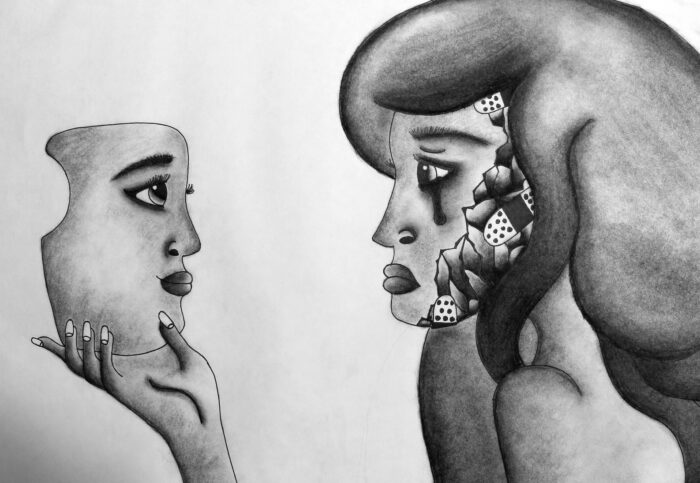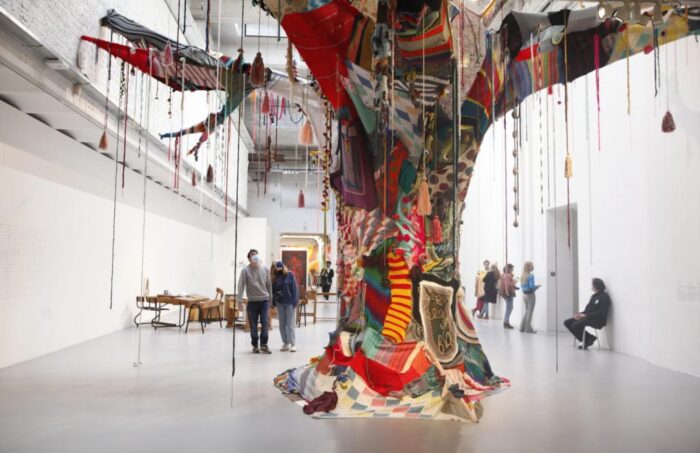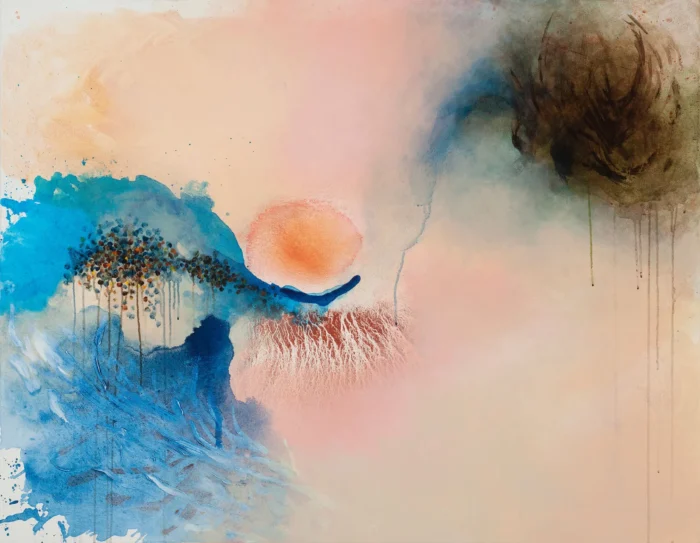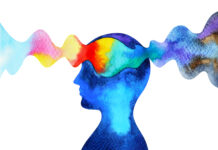
The past few years have been a time of heightened anxiety and stress for many people around the world. The COVID-19 pandemic, political unrest, and social isolation have all contributed to a mental health crisis. Many people have turned to art as a way to cope with their anxiety and stress. Contemporary artists have responded to this need by creating works that reflect the emotional state of their audiences.
The Role of Art in Addressing Mental Health
Art has long been recognized as a powerful tool for healing and self-expression. In recent years, mental health professionals have started to incorporate art therapy into their practices. Art therapy is a form of therapy that encourages patients to express their emotions through art. By creating art, patients can access and process their feelings in a safe and supportive environment. Art can also be a source of inspiration and hope for people who are struggling with mental health issues. Contemporary artists have been creating works that speak directly to the emotional challenges of our time. For example, artist Tracey Emin has created pieces that deal with themes of loneliness and isolation. Her work can be seen as an invitation for viewers to reflect on their own experiences of these emotions.

How Contemporary Artists are Responding
Contemporary artists are creating works that respond to the mental health crisis in a variety of ways. Here are some of the most common themes that can be seen in contemporary art today:
- Exploration of Emotion: Many contemporary artists are using their work to explore and express emotions that are often considered taboo or difficult to discuss. This includes emotions like anxiety, depression, and grief.
- Breaking Stigma: Some artists are using their work to challenge the stigma that surrounds mental illness. By creating art that deals with mental health, they are helping to normalize the experience of struggling with mental health issues.
- Encouraging Self-Care: Many artists are creating works that encourage viewers to practice self-care. This can include pieces that promote meditation, mindfulness, or other forms of self-reflection.
- Creating Community: Some artists are using their work to create spaces for people to come together and share their experiences. This can include exhibitions, workshops, or other events that focus on mental health.

Examples of Contemporary Art that Address Mental Health
Here are some examples of contemporary artists who are using their work to address mental health:
- Yayoi Kusama: Kusama is a Japanese artist known for her brightly colored, psychedelic installations. Her work often deals with themes of mental health, including her experiences with hallucinations and obsessive-compulsive disorder.
- Glen Martin Taylor: Taylor is a British artist who creates mixed media pieces that explore themes of mental health and personal growth. His work often features text and abstract imagery that invites viewers to reflect on their own emotional experiences.
- Jessica Fortner: Fortner is a Canadian illustrator whose work often deals with themes of anxiety and self-care. Her illustrations are whimsical and colorful, and often include messages of encouragement and self-love.

Inspiring hope
In the face of mental health struggles, art has the remarkable ability to inspire hope and resilience. Artists around the world are utilizing their creativity to create powerful and uplifting works that speak to the human spirit and provide solace during challenging times. Through various mediums such as painting, sculpture, photography, and performance art, these artists are crafting pieces that offer a ray of light and a sense of possibility.
Art has the capacity to touch the deepest parts of our emotions and connect us to something greater than ourselves. It can depict stories of personal triumph, depict scenes of beauty and serenity, or convey messages of resilience and perseverance. By capturing the essence of hope through their artistic expressions, these artists provide a source of inspiration and motivation for those struggling with mental health issues.
Through vibrant colors, expressive brushstrokes, and poignant imagery, art communicates a message of hope that transcends words. It speaks directly to the soul, reminding individuals that they are not alone in their struggles and that there is a path towards healing and renewal. By witnessing the artistic creations that arise from the depths of human experience, individuals facing mental health challenges can find solace, encouragement, and a renewed sense of purpose.
Moreover, art has the power to challenge the stigma surrounding mental health and open up conversations about these issues. By shedding light on the experiences of individuals who have faced mental health struggles, art encourages empathy, understanding, and compassion. It encourages viewers to reframe their perceptions and creates a space for collective healing and growth.
In a world where mental health concerns are prevalent, art stands as a beacon of hope, reminding us of our innate resilience and the transformative power of creativity. It encourages us to find beauty in the midst of darkness and to embrace the journey towards mental well-being. Through inspiring hope, art becomes a powerful tool for personal and societal change, nurturing a more compassionate and supportive environment for all.

Conclusion
Art has always played an important role in helping people to cope with difficult emotions. In the age of anxiety, contemporary artists are responding to the mental health crisis by creating works that reflect the emotional experiences of their audiences. By exploring emotions that are often considered taboo, challenging stigma, and promoting self-care, these artists are helping to normalize the experience of struggling with mental health issues.
In addition, they are creating spaces for people to come together and share their experiences, fostering a sense of community and support. It is important to remember that art can be a valuable tool for anyone who is struggling with their mental health. Whether you are creating art yourself or simply appreciating the work of others, engaging with art can help to process emotions, reduce stress, and promote healing. If you are struggling with your mental health, consider exploring the world of contemporary art as a way to find inspiration and support.











